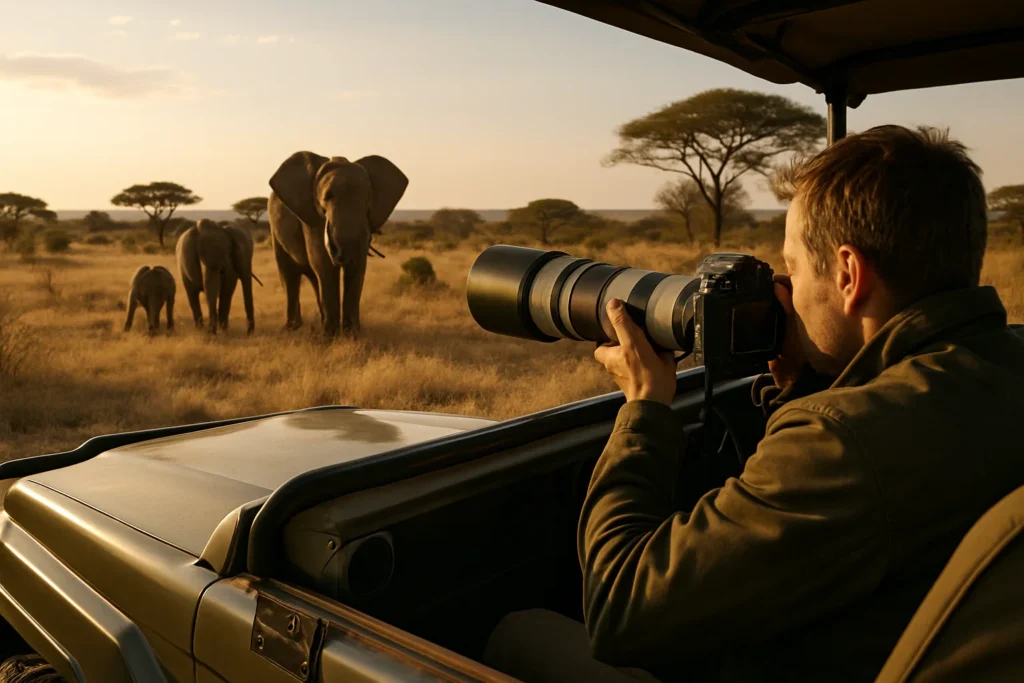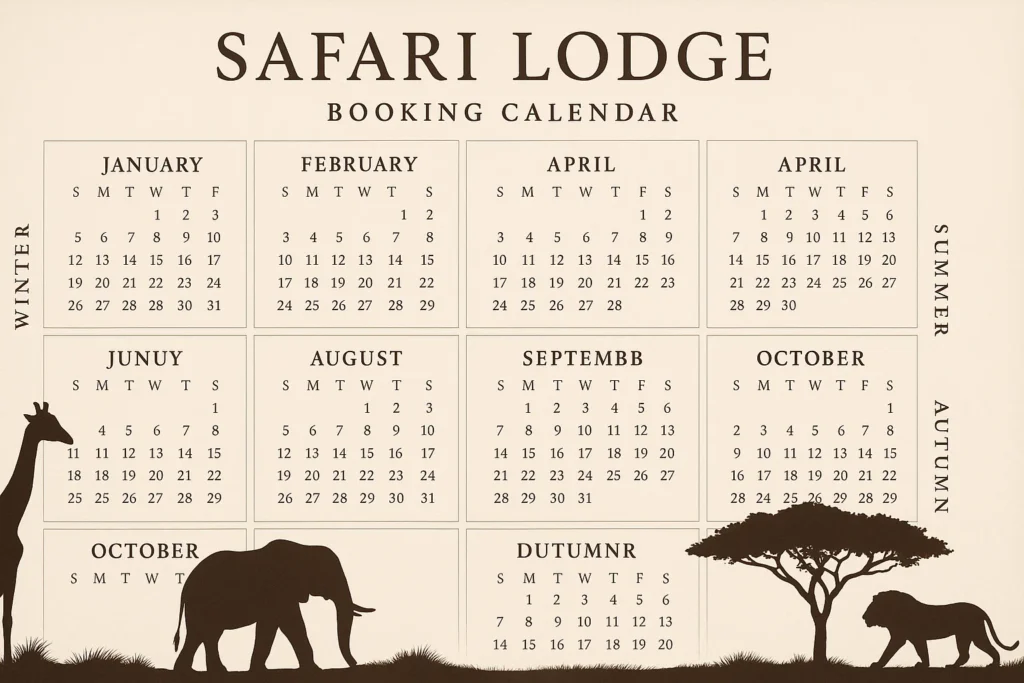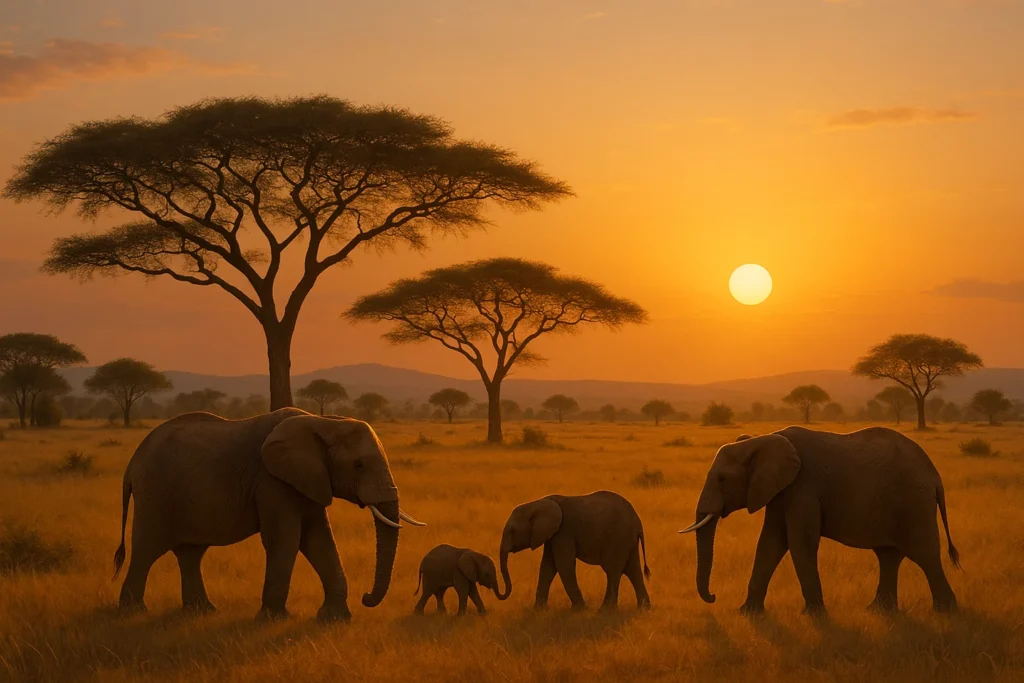Adapting your techniques to each mode of transport
Wildlife photography on safari often means working from some kind of mobile platform: a 4×4, a motorboat, a canoe or kayak. Each platform imposes different constraints—stability, height, angle, vibration, proximity to subjects—and demands tweaks in gear, technique, and mindset. In this guide, we’ll explore the practical strategies for shooting from each type of vehicle and how to adapt to their quirks.
Why the medium matters
Your vantage point, stability, and freedom of movement are strongly shaped by the platform you use. A 4×4 puts you higher above the ground, offering a broader field of view, but also adds suspension bounce and limited side-to-side mobility. A boat or canoe often gives you a more intimate, low-angle view, but introduces water motion, spray, and expanse of background.
A good guide is to think like the animal: adjust your gear and approach to make sure animals behave naturally, and your images reflect that authenticity rather than the constraints of the vehicle.
Shooting from a 4×4 or safari vehicle
Key challenges & principles
- Vibration and motion: Even when stationary, engine vibration or road tremors can blur images. Always turn off the engine and use the vehicle as a stable blind rather than trying to shoot while moving.
- Windows and reflections: Shooting through a closed window often introduces haze or glare. Always roll windows fully down or use an open-air frame.
- Soft support & bean bags: In tight spaces, a bean bag across the door frame or window opening helps stabilize a heavy telephoto lens.
- Anticipation & readiness: Keep your gear ready—lens attached, settings dialed in, camera in reach. Wildlife moments can be fleeting.
- Seat positioning & mobility: Ask about guest numbers in your vehicle to ensure enough space to move and shoot comfortably.
- Shutter speed & motion: If you must shoot while in motion, use fast shutter speeds (e.g. ≥ 1/1000 s) to reduce blur.
Tips & creative hacks
- Monopod over the side: Hanging a monopod out the window can give you a lower shooting angle for subjects lying down.
- Stabilize with your body: Brace your elbows on the door frame to minimize shake.
- Continuous autofocus: Use AI Servo or AF-C modes to track moving animals effectively.
- Respectful distance: Long lenses allow you to capture detail without stressing wildlife.
Shooting from boats & motorized photo boats
Advantages & constraints
Shooting from water offers unique angles and often brings you eye-level with aquatic animals. However, it also introduces constant movement, reflections, and water-related hazards.
Practical techniques for boat photography
- Mounting & stabilization: Use adjustable mounts if available. Photo boats may include custom setups for lens support.
- Protect against spray: Keep gear covered with towels or waterproof wraps. Use dry surfaces for camera placement.
- Continuous autofocus: Necessary for tracking moving subjects from a moving platform.
- Lens choices: Carry both wide-angle and telephoto lenses for variety.
- Boat size matters: Smaller boats offer a lower profile but less stability.
- Secure your layout: Strap down tripods and organize gear for quick access and safety.
Shooting from canoes, kayaks & small craft
Unique aspects & challenges
Canoes and kayaks allow close, quiet access to wildlife, especially in wetlands. But they demand heightened attention to gear safety and boat balance.
Gear & safety strategies
- Dry bags & float straps: Keep gear waterproof and tethered at all times.
- Paddle with intention: Move slowly, avoid sudden turns, and let the boat drift when shooting.
- Stabilization techniques: Use the boat’s edges to rest your camera. High shutter speeds compensate for drift.
- Lens choices: A 70–200 mm lens is versatile. Pair it with a wide zoom for environmental shots.
- Compositional options: Take advantage of water-level reflections and minimalist backgrounds.
Comparative summary & decision guide
| Platform | Height / Angle | Stability Issues | Best Gear & Settings | Best Use Cases |
|---|---|---|---|---|
| 4×4 / safari vehicle | Elevated, mid to high | Road vibration, engine shake | Bean bags, fast shutter, continuous AF | Big mammals, wide plains scenes |
| Motorboat / Photo boat | Low, close to water | Hull movement, waves, spray | Mounts, weather sealing, versatile zooms | Aquatic scenes, birds, hippos |
| Canoe / Kayak | Waterline, intimate | Balance, drift, paddle motion | Dry bags, fast shutter, compact lenses | Marshes, waterways, birds |
In practice, mix your approaches: when on terrain, rely on your 4×4 angles; when safari includes river or swamp, switch to boats or canoes and adapt quickly.
Final thoughts
Mastering wildlife photography from vehicles and boats is about balance—between stability and flexibility, between creative ambition and technical constraints. Know your gear, anticipate wildlife behavior, and adapt to the motion of your platform. With practice, each medium becomes a tool to unlock unique perspectives on the wild.
FAQs
Yes, but only with proper stabilization and fast shutter speeds to reduce blur.
Yes, if space is tight or to avoid reflections. A shorter hood or no hood helps in cramped quarters.
Use a polarizing filter and shoot at angles that minimize direct reflection.
Start at ISO 400–800. Raise it as needed to maintain fast shutter speeds without excessive noise
Use lighter gear like mid-size DSLRs or mirrorless systems with compact telephoto lenses.
Not usually. Bean bags or monopods offer more flexibility in the confined space.
Only if conditions are calm and gear is secure. Otherwise, stick to zooms or dual-body setups.
Yes, but keep shutter speeds high and use body stabilization techniques.
Yes. Some animals ignore vehicles but spook at close boat approaches. Always observe reactions.
Use Aperture Priority for control over depth of field, or Manual Mode with Auto ISO for flexibility.






